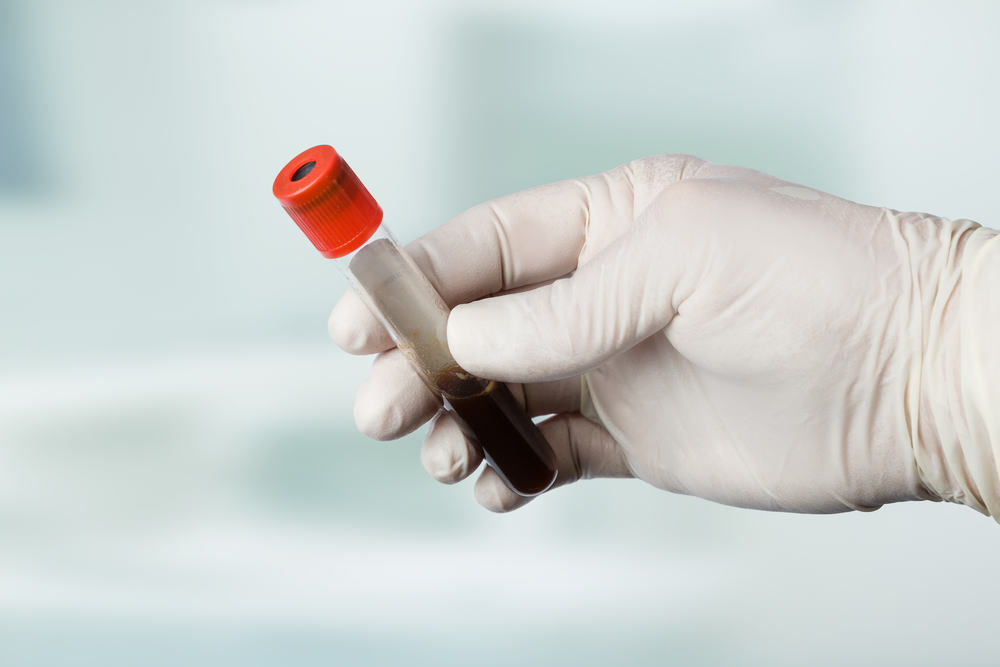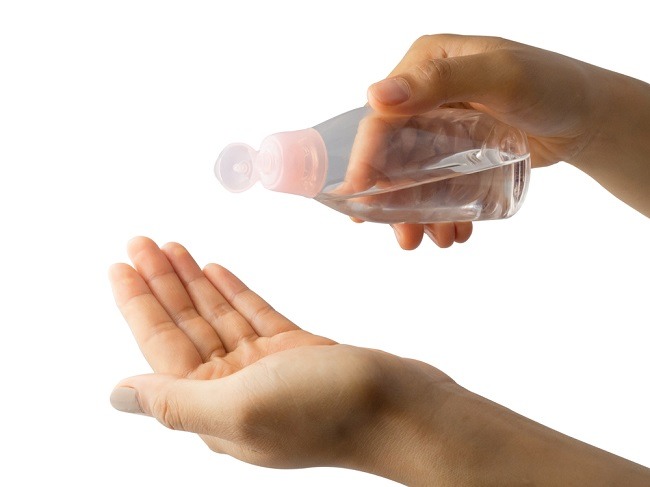Have you ever heard of protein-energy malnutrition? Although foreign to your ears, this disease is quite common. Protein-energy malnutrition or MEP is defined as insufficient energy and protein intake to meet your body's needs. Don't take this disease lightly, because the article, Protein-energy malnutrition can be experienced by infants, children, as well as adults.
Malnutrition or malnutrition is a common nutritional problem found throughout the world. WHO or the world health agency estimates that about 181.9 million or 32 percent of children living in developing countries are malnourished or starved, and about 5 million cases of death of children under the age of 5 years in these areas are caused by malnutrition.

Food provides the energy and nutrients you need to keep you healthy. If you don't get enough nutrients, including protein, carbohydrates, fats, vitamins, and minerals, you will suffer from nutritional deficiencies, one of which is protein-energy malnutrition.
Causes and Types of Protein-Energy Malnutrition
Your body needs calories, protein, and a whole host of general nutrients to function properly. Without these nutrients, your muscles will be wasted, bones become brittle, and your mind becomes unfocused.
Malnutrition is a serious condition that occurs when a person's diet does not contain the right amount of nutrients. Causes of malnutrition include a lack of certain nutrients in your diet, even a single vitamin deficiency can lead to malnutrition. In addition, an unbalanced diet and certain medical problems, such as cancer and malabsorption syndrome, can also lead to malnutrition.
Protein-energy malnutrition can cause metabolic disorders. Your body really needs energy and protein to carry out various body functions and also to form body tissues. Every cell in your body contains protein. You need protein in your diet so your body can repair and form new cells. A healthy human body is able to regenerate cells continuously. Without sufficient protein, wounds or other damage to body tissues cannot heal easily. In addition, protein is also very important for growth during childhood and pregnancy. If there is a lack of protein, normal body growth and function will be stunted.
Protein-energy malnutrition is divided into two types, namely marasmus and kwashiorkor, as follows:
- MarasmusMarasmus is a severe form of malnutrition. This disease can occur in anyone who has poor nutrition, but is usually more common in children. This disease generally occurs in developing countries or conflict areas where poverty and hunger rates are still quite high. The causes of this disease include children's lack of calorie intake in the form of protein, carbohydrates and fats, as well as other important nutrients. This is usually due to poverty and food scarcity. The main symptom of this disease is being thin, children with this condition have lost a lot of muscle mass and subcutaneous fat (the layer of fat that is under the skin). In addition, someone who has this disease will have dry skin and brittle hair. Marasmus protein-energy malnutrition can be life threatening. Children with this condition can also suffer from chronic diarrhea, dehydration, respiratory infections, intellectual disability, and stunted growth.stunted). Usually, they will probably look older and have no energy or enthusiasm for anything. In addition, this disease can cause sufferers to become more irritable and irritated.
- KwashiorkorKwashiorkor is another form of malnutrition that can be life-threatening and debilitating. This condition is caused by a lack of protein in the diet. Kwashiorkor is also known as edematous malnutrition, because this type of malnutrition is related to edema (fluid retention), and is a nutritional disorder that often occurs in areas experiencing starvation. People who have kwashiorkor usually have a very thin appearance in all areas, except for the ankles, legs, and abdomen that swell with fluid. Most people who develop the disease make a full recovery if they are treated early. The treatment involves adding extra calories and protein to the diet. Children with this type of malnutrition may not grow or develop properly, and may remain stunted for the rest of their lives. If left untreated, malnutrition can also be life-threatening for the sufferer, because it can lead to major organ failure and eventually lead to coma, severe dehydration, and even death. Some of the symptoms of kwashiorkor-type protein-energy malnutrition include changes in skin and hair color and texture (brown and brittle hair like corn silk), dry skin, feeling tired, diarrhea, loss of muscle mass, failure to gain weight or growth, and disorders of the immune system that can cause infections to occur more frequently and severely.
Protein-energy malnutrition can also occur in several conditions such as trauma or severe infection, spinal cord injury, chronic infection, diabetes, kidney failure, Crohn's disease, swallowing disorders, eating disorders such as bulimia, anorexia, side effects of medications such as chemotherapy, major depression. , elderly people with poor care or health, and HIV infection.
To diagnose and determine the medical problems found in the patient, the doctor will check the nutritional status by calculating the body mass index (BMI).Body Mass Index/BMI) and general physical examination. WHO also recommends examinations: blood sugar, stool examination, complete blood count, urine analysis and culture, albumin levels, electrolytes, as well as VCT and HIV tests. This examination aims to determine the cause of malnutrition and the possibility of other comorbidities that can get worse due to nutritional problems.
Protein-energy malnutrition, both marasmus and kwashiorkor, can be treated by increasing calorie intake slowly and by feeding small but frequent meals. Doctors may add liquid protein if the sufferer has problems digesting food. The doctor will also recommend multivitamin supplements and prescribe medications to increase appetite. If the patient's symptoms are too severe, hospitalization may be required to provide fluids and treat other complications of malnutrition such as infection and dehydration. In people with swallowing disorders or other medical conditions, a nasogastric tube may also be placed to give fluids and food into the stomach for nutrition. Some nutrients, such as albumin, can be given intravenously.
The provision of calorie and nutritional intake in this nutritional problem needs to be done gradually and according to the body's ability to digest and process it. Giving nutrition that is too high or too fast and not in accordance with the patient's body's ability to process nutrition will worsen the patient's condition. This condition is called refeeding syndrome, and is a serious condition that is dangerous and can lead to death. This condition can also occur in people with anorexia with improper diet handling. Provision of food and medicine will be scheduled by doctors and nutritionists to improve the general condition and nutritional status of the sufferer gradually.
The best way to prevent yourself and your family from protein-energy malnutrition is to eat a balanced and healthy diet. You need to eat lots of fruits and vegetables, bread, rice, potatoes, and other starchy foods. In addition, some milk and dairy products, meat, fish, eggs, nuts, and non-dairy protein sources can also prevent you from getting this disease.
If you, your child, or your family experience some of the symptoms of protein-energy malnutrition above, immediately consult a doctor to get the right treatment. In children, nutritional problems are not trivial problems, because they can affect their future and their lives.









